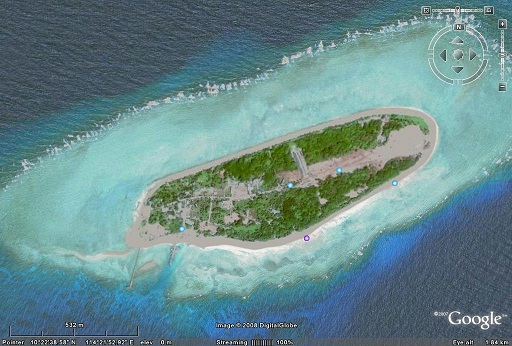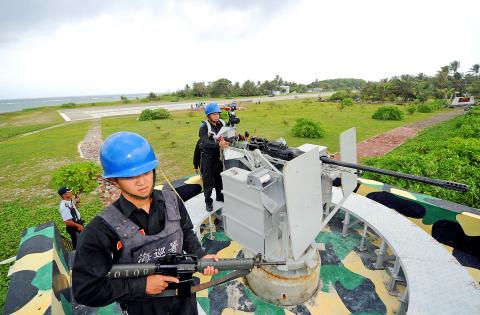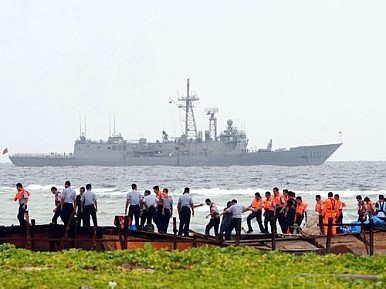Fukuda, a well-known brand when it comes to home appliances including TVs has also produced its own Android-powered TV box called the Smart Box. It features a quad-core CPU, 2GB RAM, 16GB internal storage, a built-in camera, and runs on Android 4.4 KitKat. Find out what this small device can offer by reading our quick review below.

The first thing we noticed about the Fukuda Smart Box is its size. It is small with a curved top and looks like a small WiFi router thanks to its articulating antenna. The body is made of plastic with a glossy finish. Up top you’ll see the logo and a small slit for the LED indicator. On the front we have the microphone, IR port, and 2 megapixel camera which you can use for Skype calls.

On the left side we have the microSD card slot with support for up to 32GB and two USB ports. On the right we have the reset button and two more USB ports. At the rear you’ll see the antenna, AV out, full-size HDMI out, Optical port, RJ45 Ethernet port, and DC 5V port. Down at the bottom are four rubber nubs to prevent the TV box from slipping. Design-wise, the Fukuda Smart Box is portable and slim and doesn’t take up much space. Although not eye-catching it’s not an eye-sore either. The black glossy finish will blend in with most TVs and other equipment in your living room.

In terms of usability, the Smart Box is easy to setup. Just connect it to your TV via HDMI and plug it to a power source and it will automatically turn on. Running the software department is Android 4.4.2 KitKat which is still uncommon in today’s Android TV boxes as most of them still runs on Jellybean. It looks almost stock with slight customization to fit your TV like a few on-screen navigation shortcuts.

The Smart Box comes with its own remote control but it’s IR based instead of Bluetooth. We’re not going to dwell much on the remote since it’s crappy as a pointer. We just used our own wireless mouse instead which works a whole lot better. Fukuda said that the package comes with its own wireless keyboard and mouse. Unfortunately, it didn’t arrive with our unit so we weren’t able to test it out. Connectivity-wise, it’s good that it comes with four USB ports so there’s plenty of room for USB-based devices.

As a multimedia device, the Smart Box is an excellent device. It comes with its own media hub called the eHomeMediaCenter. It’s pre-installed with XBMC as well which is nice and can play huge 1080p movie files. But if you don’t like the available players and media managers you can always download apps from the Play Store. It has 16GB of internal storage with 13GB as usable with a move to microSD card feature. Gaming-wise, the Smart Box can play Android games however don’t expect the kind of performance you see on high-end devices. On AnTuTu, it only showed a benchmark score of 22,798.

Overall, the Fukuda Smart Box is a really capable Android TV Box that comes with some useful features not found on other TV boxes. It’s light, portable, and it looks nice too. Although we wished that it came with at least 32GB of internal storage for its asking price of Php7,300.

Fukuda Android Smart Box (FSB-4Q2G16) specs:
1.8GHz Rockchip RK2188 quad-core CPU
Mali-400MP GPU
2GB RAM
16GB internal storage
up to 32GB via microSD
2 megapixel camera
WiFi 802.11 b/g/n
Bluetooth 4.0
Miracast support
DLNA
4x USB 2.0
Android 4.4.2 KitKat
What we liked about it:
* Android KitKat OS
* Four USB ports
* Small design
* microSD card support
* Good performance
* Comes with wireless mouse and keyboard
What we didn’t like:
* Limited internal storage
* Pricey
RELATED: Cherry Mobile TV Box first impressions
The post Fukuda Android Smart Box Quick Review appeared first on YugaTech | Philippines, Tech News & Reviews.











